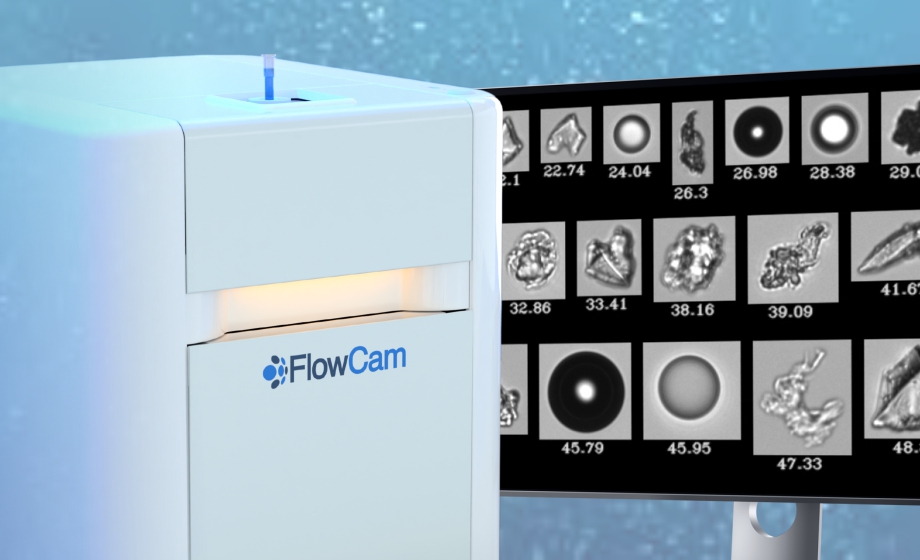Q&A Report: Detection of Protein Aggregation During Biopharmaceutical Development: The Role of Orthogonal Techniques
Is FIM a good tool to analyze glass particulates?
Absolutely! If the glass particles are larger than 1 µm FIM can be used to identify and count these particles. You can also use the particle morphology tools onboard these instruments to automatically detect glass particles in a sample containing a mix of different particle types.
How does the light microscopy method compare to LO and FIM methods?
The light microscopy method theoretically offers many of the same benefits as FIM relative to LO: particle counts determined by this method will be influenced less by particle translucency and concentrations than LO. However, this method offers drastically lower throughput than either LO or FIM as it is not performed on flowing fluid. This lower throughput results either in a longer analysis time to analyze the same volume of fluid or, if the analyzed fluid volume is reduced, less accurate particle counts due to insufficient sampling.
Why does LO consistently return lower particle counts than Flow Imaging Microscopy when analyzing protein formulations?
The lower particle counts usually occur because of the high concentration of translucent particles like protein aggregates in these samples. LO relies upon the shadow cast by these particles as they pass a light source to detect and size particles. Since translucent particles do not effectively block the light, they are often missed by LO. Flow Imaging Microscopy uses images for particle detection rather than just the shadows. In this way it can more effectively detect these translucent particles than LO, resulting in higher reported particle counts.
Is the flow imaging microscopy analysis mandated by USP?
Flow imaging microscopy is not currently mandated by USP. However, USP <1788> strongly recommends using flow imaging microscopy as an orthogonal technique to validate the results of LO and the other compendial techniques for particle monitoring
Why is Light Obscuration still the compendial method? Given such issues with modern protein therapeutics and translucent particles in these formulations?
Many of the existing regulations were written for traditional small molecule therapeutics and not modern biotherapeutics. While LO and the other compendial techniques may not perform adequately for biotherapeutics, it is an ongoing process to update regulations to reflect the challenges of these modern therapeutics and to include methods like FIM which help address these issues.
Can FlowCam LO be run in a USP <787> compliant way such that four small injections are made and the first discarded while the last three are averaged?
Yes, the LO module on the FlowCam LO is compliant with USP <787> and can be operated in this fashion to determine the relevant particle counts in a sample.
Could it be possible that the higher count you are seeing in FlowCam may be due to double counting/imaging (due to non-optimal frame rate/flow rate) and accounting for % Efficiency? Any thoughts?
These factors are unlikely to contribute to the higher particle counts reported by FlowCam relative to LO: double-counted particles are rare at typical flow rates and frame rates and, assuming FlowCam was able to accurately estimate the particle concentration, the efficiency correction should not result in an inflated particle count. While these issues may subtly impact the particle counts reported by FIM, the large difference in particle counts reported by FlowCam and LO primarily stem from the higher sensitivity of FIM towards translucent particles.
Have you noticed that polysorbate 80 interferes with particle counts?
Polysorbate 80 and other surfactants in a drug formulation typically reduce particle counts. Surfactants help reduce the amount of protein adsorbed to the interfaces the formulation is exposed to and thus the aggregates formed at these interfaces. However, surfactant degradation can generate additional particles to offset the lower number of interface-induced aggregates.
Contact information
If you have additional questions for Yokogawa Fluid Imaging Technologies regarding content from this webinar, or if you wish to receive additional information about their products and services, please contact them at:
Online form: https://www.fluidimaging.com/contact
Telephone: +1 207 289 3200
Toll Free (US & Canada): +1 855 356 9226
Fax: +1 207 289 3101
Email: info@fluidimaging.com

